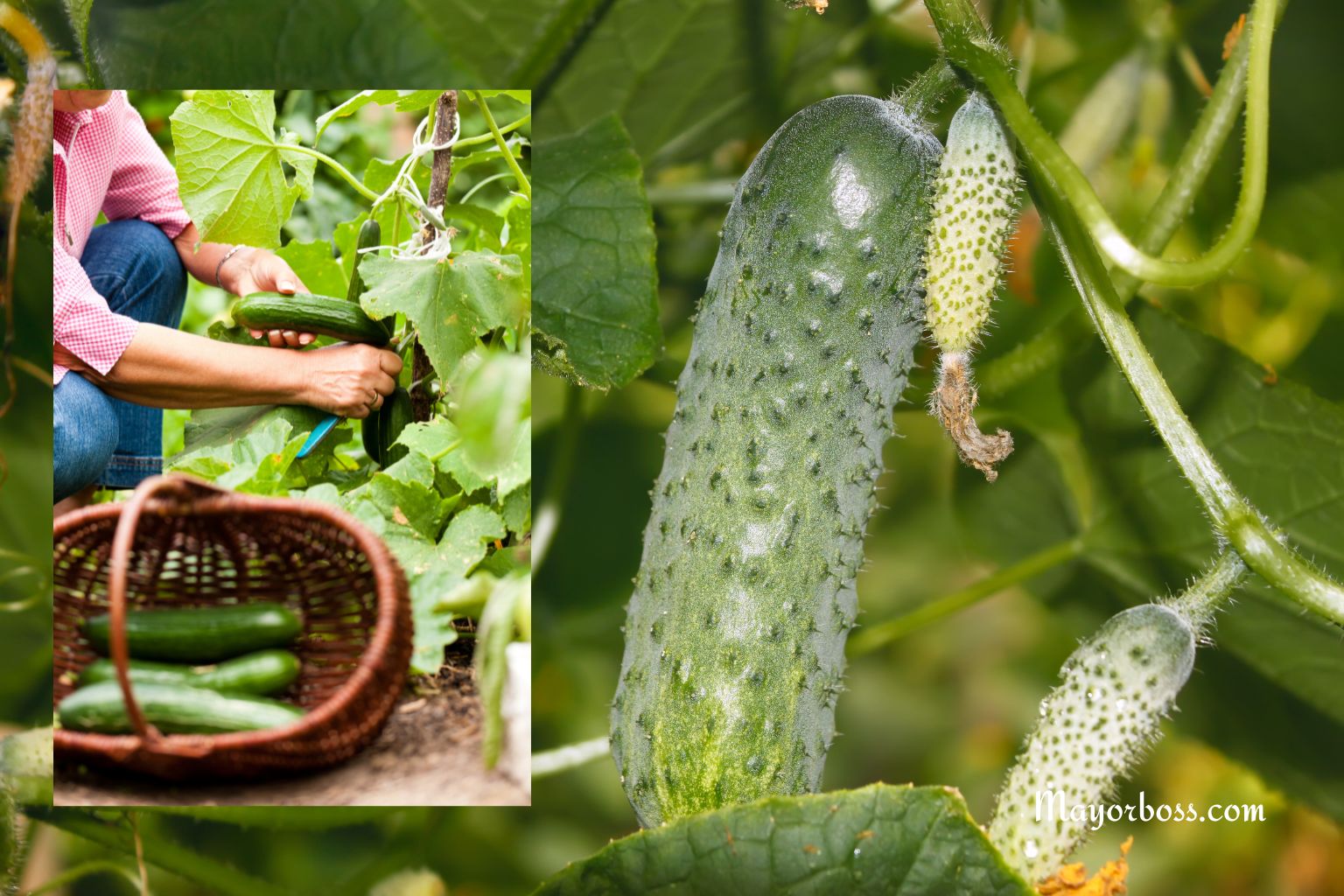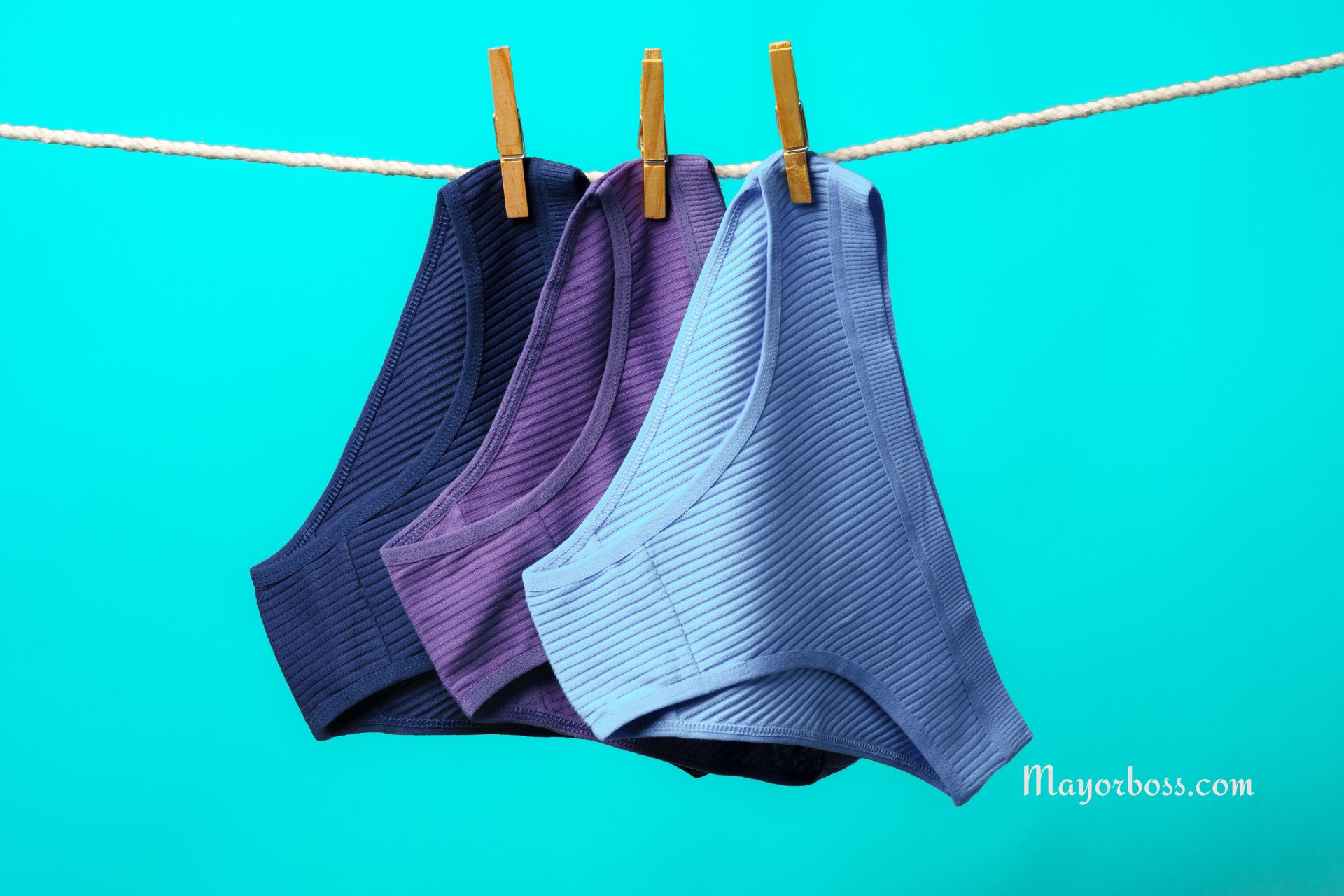How to Protect Cucumbers from Temperature Changes: What You Need to Do for a Good Harvest
To protect cucumbers from temperature changes and ensure a healthy harvest, use row covers during cold nights, mulch to stabilize soil temperature, and provide shade during extreme heat. Choose the right planting time and monitor the weather closely.

Cucumbers are sensitive plants. While they grow fast and produce well, they don’t like surprises, especially from the weather. Sudden shifts in temperature can cause poor growth, wilting, and even crop failure. If you want strong vines and plenty of cucumbers, it’s important to protect your plants from these changes.
Cucumbers are warm-season vegetables. That means they prefer consistent warmth, ideally between 70°F and 85°F (21°C to 29°C) during the day. At night, they still want the temperature to stay above 60°F (16°C).
Cold air slows them down. Frost can kill them. Sudden heat waves can stress the vines. That’s why temperature management is so important for a good harvest.1
1. Choose the Right Planting Time
Start with good timing. If you plant too early in spring, a late cold snap might stunt or kill your seedlings. Wait until after the last frost, and make sure the soil is at least 60°F (16°C). Warm soil helps roots grow fast and strong.
In cooler areas, consider starting seeds indoors. Transplant the young plants once the weather is stable.
2. Use Mulch to Regulate Soil Temperature
Mulch is one of your best tools. It acts like a blanket for the soil. Spread a thick layer of straw, dried leaves, or grass clippings around your cucumber plants. This helps in two ways:
- During cool nights, mulch keeps the ground from cooling too quickly.
- During hot days, it protects roots from overheating and drying out.
Bonus: Mulch also keeps weeds away and holds in moisture.2
3. Cover Plants During Cold Nights
If a chilly night is coming, cover your cucumbers to keep them warm. You can use:
- Floating row covers
- Old bed sheets
- Frost cloth
- Tunnels made from plastic or garden fabric
Just make sure to remove the covers in the morning once the sun comes out. Letting air and sunlight in is important for growth.
4. Use Shade Cloth for Extreme Heat
High temperatures can stress your cucumber vines, especially when the heat hits above 90°F (32°C). This may cause flowers to fall off or fruit to taste bitter.
To protect them, use a shade cloth during hot afternoons. Drape it over a simple frame or poles above the plants. A 30–50% shade cloth works well—it blocks some sun without taking it all away.3
5. Water Consistently—But Not Too Much
Temperature swings affect water needs. Hot days cause faster evaporation, while cool days slow down growth. It’s easy to overwater or underwater.
Here’s what to do:
- Water early in the morning. This gives the plants time to soak it up before the heat kicks in.
- Water at the base, not the leaves, to prevent diseases.
- Use drip irrigation or a slow soaker hose if possible. This keeps moisture steady.
Cucumbers like moisture, but they hate soggy soil. Make sure the ground drains well.
6. Grow Near Heat-Loving Companion Plants
Planting cucumbers near crops like corn, beans, or sunflowers can help provide a buffer from wind and temperature extremes. These taller plants create a microclimate that protects your cucumbers.
Just don’t crowd them. Cucumbers still need air flow to prevent mildew.
7. Protect Container Cucumbers Too
If you grow cucumbers in pots or containers, they need even more care. Containers lose heat faster and heat up quickly. Move them indoors or into a sheltered area during cold snaps or heat waves.
You can also wrap the containers with bubble wrap or fabric to insulate them during cooler nights.
8. Watch the Weather Forecast Daily
Checking the forecast should be part of your daily garden routine. This helps you stay ahead of sudden drops or spikes in temperature.
If you know a cold front is coming, you’ll have time to prepare covers or move containers. If extreme heat is on the way, you can add shade and increase watering.
9. Feed Your Plants Wisely
Healthy plants handle stress better. Feed cucumbers with balanced fertilizer every 2–3 weeks. Look for one with nitrogen, phosphorus, and potassium.
You can also use compost or worm castings around the base of your plants to boost growth naturally.
Final Thoughts
Cucumbers can produce a generous harvest, but they don’t tolerate unstable weather. With just a few smart steps like covering them at night, mulching, shading during heat, and keeping the soil healthy, you can protect them from temperature changes.
FAQs
1. What happens if cucumbers get too cold?
Cold temperatures can slow growth, cause yellowing leaves, and kill young seedlings. Frost can destroy the entire plant.
2. Can cucumbers survive a heat wave?
They can if protected. Use shade cloth and increase watering to help them survive extreme heat.
3. Is it okay to grow cucumbers indoors early in the season?
Yes. You can start seeds indoors 3–4 weeks before the last frost. Move them outside once temperatures are stable.
4. How often should I water cucumbers during hot weather?
Water deeply 2–3 times a week, more if the soil dries out fast. Always check the moisture level before watering.
5. What mulch is best for cucumbers?
Straw, shredded leaves, and grass clippings are great natural options. They keep soil cool, moist, and protected.






